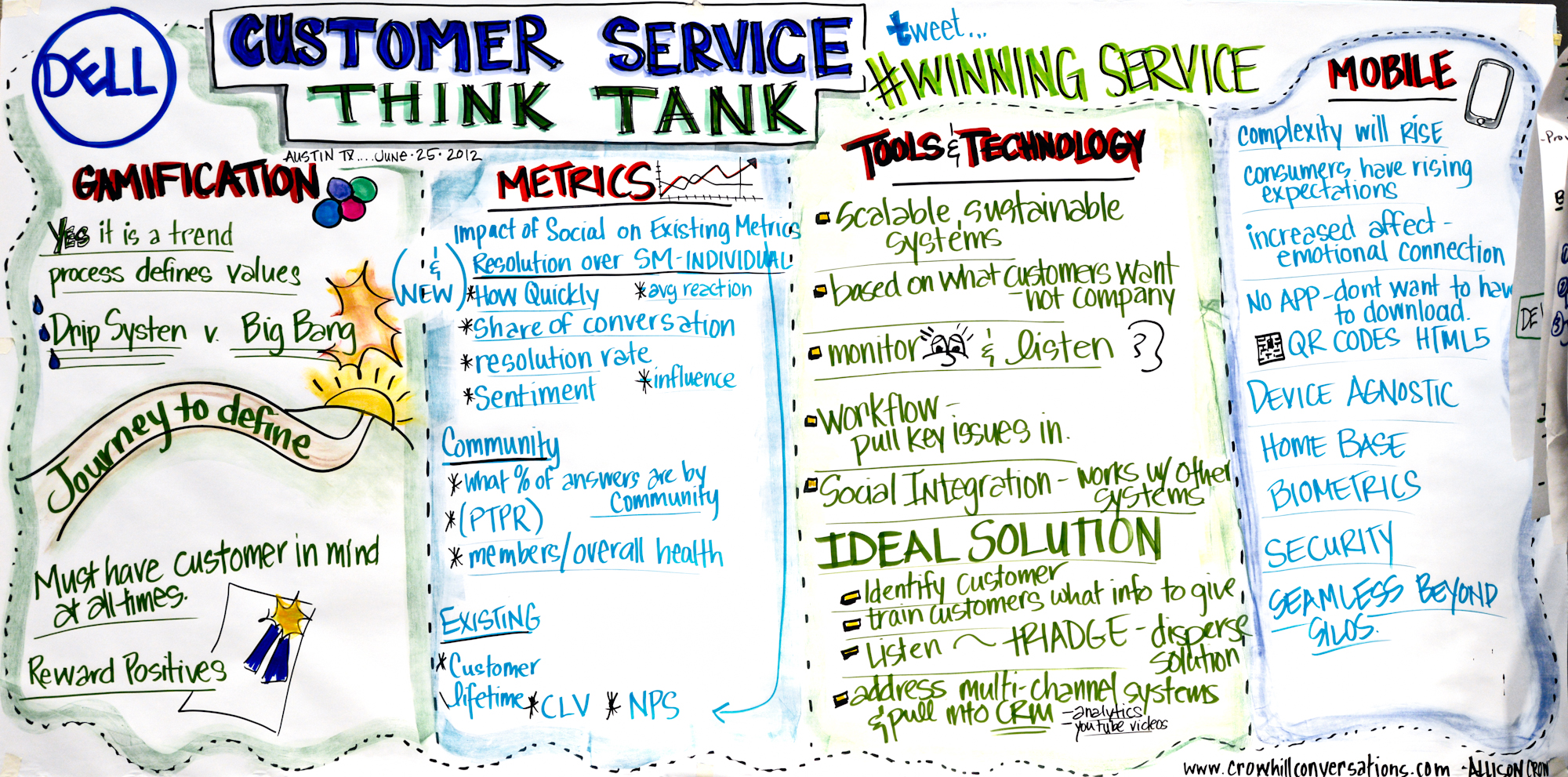Digital innovation is an opportunity for both efficiency and revenue growth. During the conversation stage of the Innovation Value Chain (IVC) when you are focused on acceleration, much attention is put on product development. While your product team is hard at work, there is another component of the innovation process that requires the consideration of “fit”. If we focus on revenue-generating innovations, you will quickly need to answer the following question: “How are we going to sell it?” To answer this question you need to consider the innovation fit within your organization in three areas: Sales, Customer, and Support.
Innovation fit is more about adjusting for fit, than limiting your options and narrowing your field of innovation to stay within your company’s comfort zone. Take a calculated risk and go for a big opportunity, even if it pushes the boundaries of your brand. For entrepreneurs, innovation involves new sales channels, customers, and support for any new venture. For corporate innovators and intrapreneurs, however, they benefit from existing systems and channels that can be leveraged for the new products and services that come from your innovation lab. Be open-minded when it comes to adjusting sales, customer, and support around a new product or service.
How does Sales fit?
For intrapreneurs, there is the opportunity to work with existing customers and use the existing sales channels to reach the first customer. This may not always work if your innovation takes you into a new frontier. Digital innovation has disrupted numerous industries over the past 20 years. Disruptive Competition, a project to promote disruptive innovation to policy makers, wrote about 5 industries facing disruption in 2014, including chain retail stores that are being disrupted by mobile and social eCommerce and realtors that faces disruption from sites like Zillow and Trulia that are making for-sale-by-owner transactions easier than ever. Disruption happens in mature and emerging industries and sometimes you need to look to new markets to grow your business, or at a minimum, prepare for the future.
If your business goes into new markets, first consider your existing sales channels and determine the fit. If you have a direct sales force and you innovate with a new product that uses a freemium pricing model, the compensation structure may no longer be a good fit because you need to acquire customers at a much lower cost.
If your sales team is fully booked or not a good fit with the new product, it is best to know early on so the right sales channel can be created for your new digital innovation. Finding the right sales fit could include the addition of: Partners, VAR’s, hiring new sales reps with specific skill sets, or investing in customer acquisition marketing.
But what will our Customers think?
Change can be scary and innovation requires an openness to change. But you aren’t scared, you’re an entrepreneur! Others in your company may be a little more reserved, asking themselves “what the customer’s will think” of a new product or service. Your sales team can help you evaluate customer perception during the first stage of the IVC, collecting feedback and opinions from customers. Determining whether your customers fit with your new innovation is critical during the acceleration phase because it sets you up for success when you finally launch.
In some cases, innovation will require you to go out and find new customers. This is another point where you need to involve sales. Market research will help identify your customer, but sales and marketing is critical to establishing a process for finding leads, reaching decision makers, and presenting compelling sales arguments. Essential to finding new customers is repeatability. Establish a process to identify, qualify, and close new customers and be prepared to adjust it frequently as your learn during the acceleration and launch stages.
Aligning Your Support System
Once you have setup sales and you know whether you can sell to your current customers, the last step in determining fit  is the consideration of the support systems for your digital innovation. This can encompass frontline support, such as customer service, and backstage support, such as marketing automation. If you can leverage existing support and you have the capacity to do so, great! But be open to adjusting these support systems to fit your new digital innovation.
is the consideration of the support systems for your digital innovation. This can encompass frontline support, such as customer service, and backstage support, such as marketing automation. If you can leverage existing support and you have the capacity to do so, great! But be open to adjusting these support systems to fit your new digital innovation.
For example, if you are moving from a low-volume, high revenue product to a high-volume, low revenue product, telephone-based customer service may no longer work. Try finding a customer service phone number for DropBox or Zoho if you are not an enterprise customer. This is why sites like GetHuman.com exist. These type of companies know that they need to automate customer service to be able to achieve the scale required for their business model. Recognizing fit within your support structure should be considered during the acceleration phase to ensure that systems and processes are in place before you launch.
Get fit

Whether it is due to industry disruption or a great opportunity that takes your company into a new direction,
establishing fit of your sales, customer, and support is critical to your innovation process. While product development is a primary focus during the acceleration stage, the 3 considerations of fit can be worked on in parallel. Don’t assume that existing people and processes will work for your new innovation. Avoid the square peg in a round hole problem and consider the importance of fit for your next big innovation!
